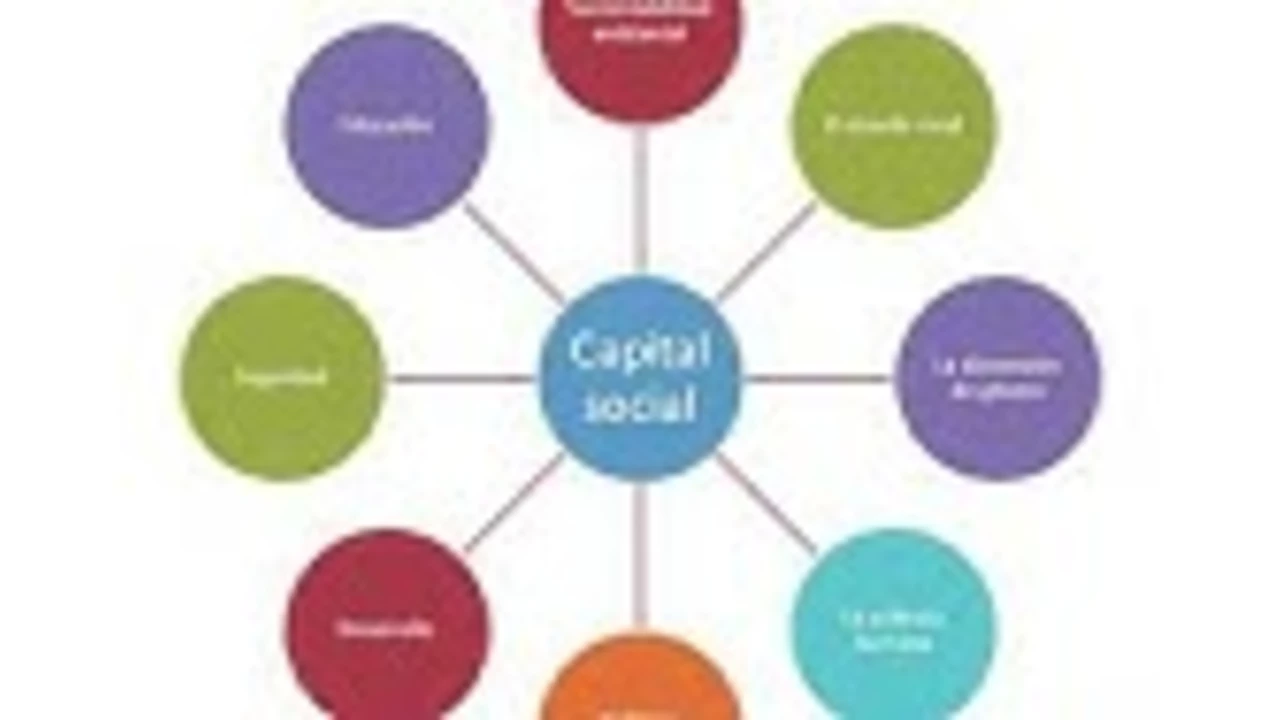How did the media began?

Well, strap in folks, because we're about to take a wild ride through the history of media! It all started back in the good old days, around 59 B.C., when the Romans decided to put their gossip on daily bulletins known as Acta Diurna. Fast forward a few centuries, and voila! We have the invention of the printing press by Johannes Gutenberg in the 1400s, a game changer that made books and news more accessible to the masses. Then, in the late 1800s, we got the first taste of electronic media with the invention of the telegraph and telephone. And trust me, it didn't stop there! The 20th century saw media explode with the advent of radio, television, and of course, the internet - the place where cats rule and memes are the currency.
What is your review of Mass Communication?

Well, folks, let me spill the beans on Mass Communication, a field as vast as the ocean and as thrilling as a rollercoaster ride! In my humble opinion, it's akin to being a superhero, where you hold the power to inform, inspire, and influence masses. It's a melting pot of creativity, strategy, and technology with a dash of unpredictability thrown in for good measure. However, on a lighter note, it's a bit like being in a relationship with an octopus—always have to deal with multiple arms, each representing a different medium. So, as your resident blogger, I say dive in, because the waters of Mass Communication are wild but oh-so-invigorating!
Why is social media a problem?

Social media, while being a powerful tool for connection and communication, can also pose significant problems. It can lead to addictive behaviors, with people spending excessive amounts of time online, often to the detriment of their real-life relationships or responsibilities. Furthermore, social media platforms can promote unrealistic expectations and comparisons, contributing to issues like low self-esteem and mental health struggles. The spread of misinformation and privacy breaches are other key concerns. Despite its many advantages, the negative side of social media can't be overlooked.
What is the best cloud-based social media automation software?

In my journey to find the best cloud-based social media automation software, I've discovered that Buffer stands out among the rest. Buffer is a user-friendly tool that allows you to schedule posts, track the performance of your content, and manage all your accounts in one place. It also offers analytics and insights to help you grow your reach. Plus, Buffer's cloud-based system means it's accessible anywhere, anytime. So, in my opinion, Buffer is a great tool for managing social media effectively and efficiently.
What is meant by the term 'drive-by media'?

In simple terms, the phrase 'drive-by media' refers to the quick and often superficial coverage of news by mainstream media outlets. It's like they drive by an issue or story, give it a swift glance and then speed off to the next one, without deep analysis or follow-up. This term is often used to criticize the media for being shallow or sensationalist. Critics argue that 'drive-by media' prioritizes quantity over quality, resulting in audiences being poorly informed. Personally, I believe thorough investigative journalism is essential for a well-informed public.